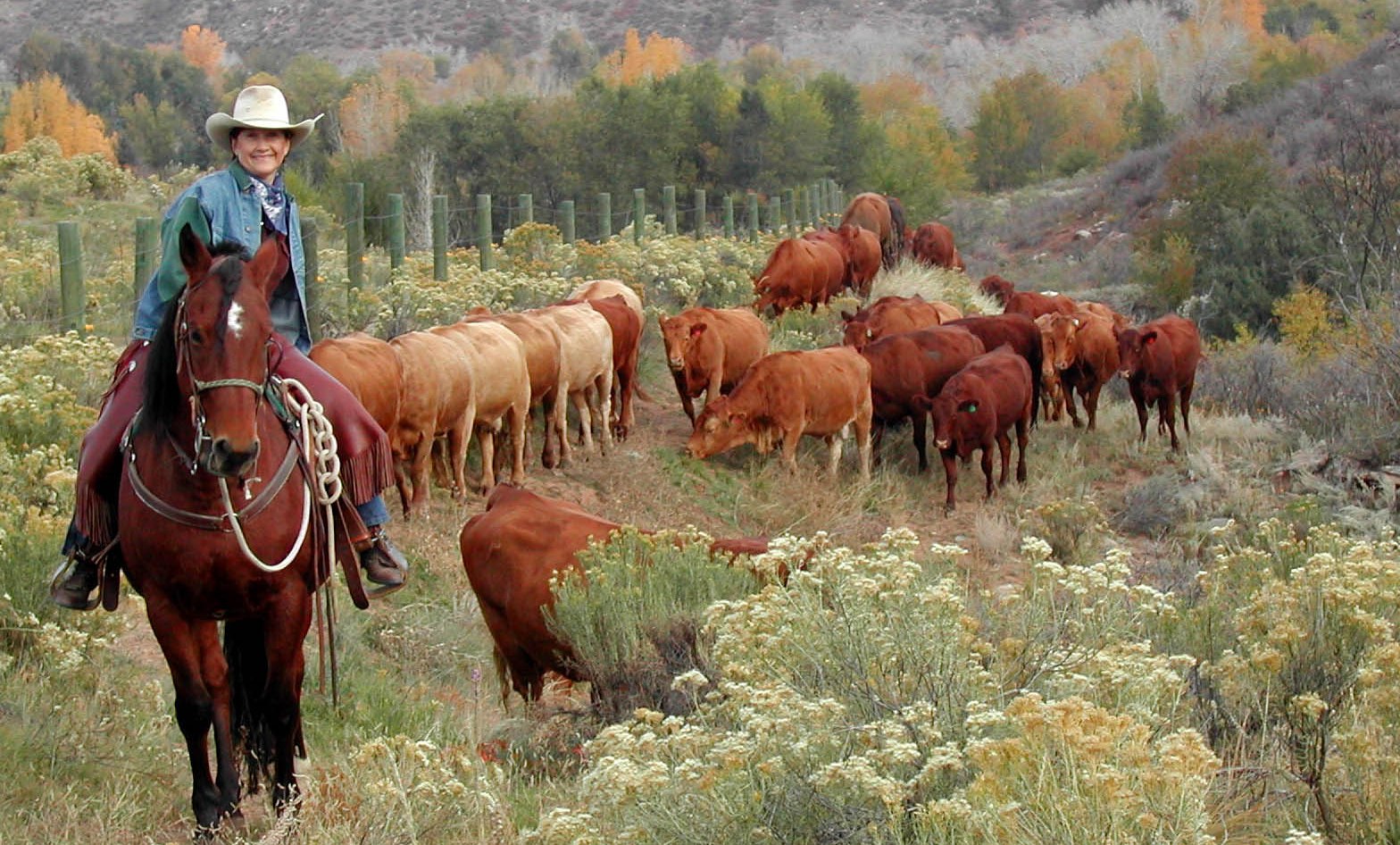Center for Fair & Alternative Trade
“From Plant to Plate: Envisioning the Northern Colorado Food System”
Presented by Dr. Dawn Thilmany, Professor of Agricultural and Resource Economics, CSU

On February 4, 2011, Dawn Thilmany, Professor of Agricultural and Resource Economics, Colorado State University, presented “From Plant to Plate: Envisioning the Northern Colorado Food System” to CFAT faculty, students, and associates.
Dr. Thilmany is an expert on US organic and “buy local” food sectors. Her research explores alternative food markets defined by consumer concern for organic, local, and eco-friendly product attributes and the willingness to pay for such assurances in natural meats, fresh produce, local wine, and agritourism.
In her presentation, Dr. Thilmany described the Northern Colorado Regional Food System Assessment, a collaborative project aiming to document the opportunities to strengthen the local food system that she led on behalf of a consortium of local governments, producers’ and consumers’ organizations, and businesses.
A food system describes how food is produced, processed, distributed, marketed, and consumed. The decisions we make about each of these elements of our food system impact our economic development, health, environment, and quality of life. A vibrant local food system depends on both the economic sustainability and the successful interplay of:
- Ample agricultural resources—land, water, labor, equipment
- Diverse agricultural production
- Plentiful processing, distribution and marketing support
- Informed and mindful consumers
Dr. Thilmany and her collaborators found that many of these elements are working well in Northern Colorado; however, there exists an absence of several supportive industries, particularly in the areas of processing, marketing, and production of input and capital equipment. Another problem identified is that there has been a significant loss of land, particularly irrigated land, to development. Given that only 10% of agricultural land in the region is irrigated, this trend may be detrimental to the health of the local food system.
The Northern Colorado Regional Food Assessment also found that demand in the region for locally-produced food is growing rapidly. The absence of year-round farmers’ markets, however, makes it difficult for consumers to purchase it. Currently, Northern Colorado has a “boutique” local food system – consumers can find local produce, meat, dairy, and other products, but they have to pay more and make extra trips to get it.
In conclusion, Dr. Thilmany argued that there are several economic development opportunities resulting from current gaps in the food system. The perception that local food supports local economies is only partially true – for the system to be truly optimal it needs to be working to support goals of public health, economic development, and quality of life. Local communities have the power to make decisions about their food systems to further these goals. The food system assessment is a tool that helps communities identify and reinforce existing robust components and establish new connections. You can learn more about the Northern Colorado Regional Food Assessment at: www.larimer.org/foodassessment/